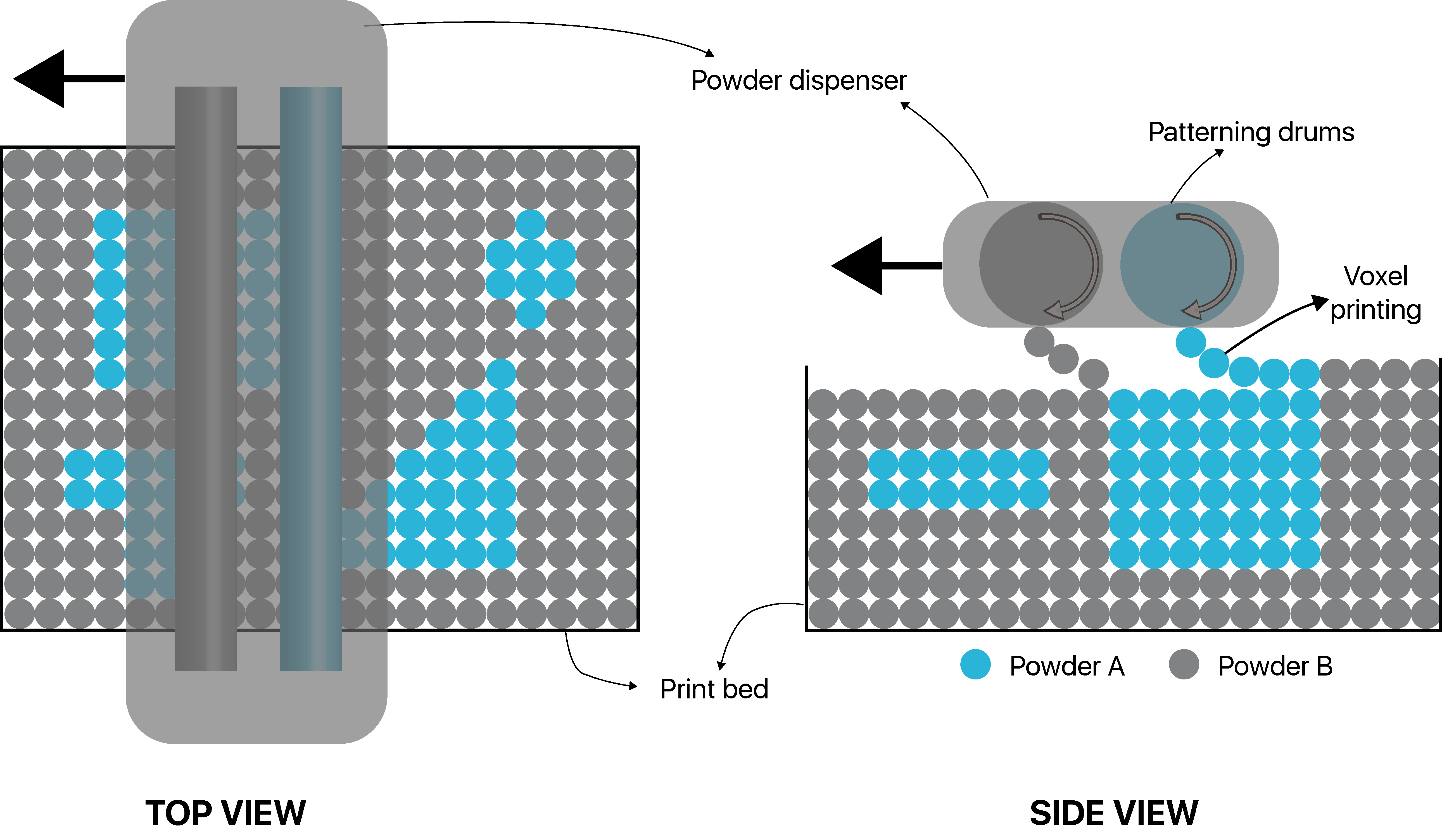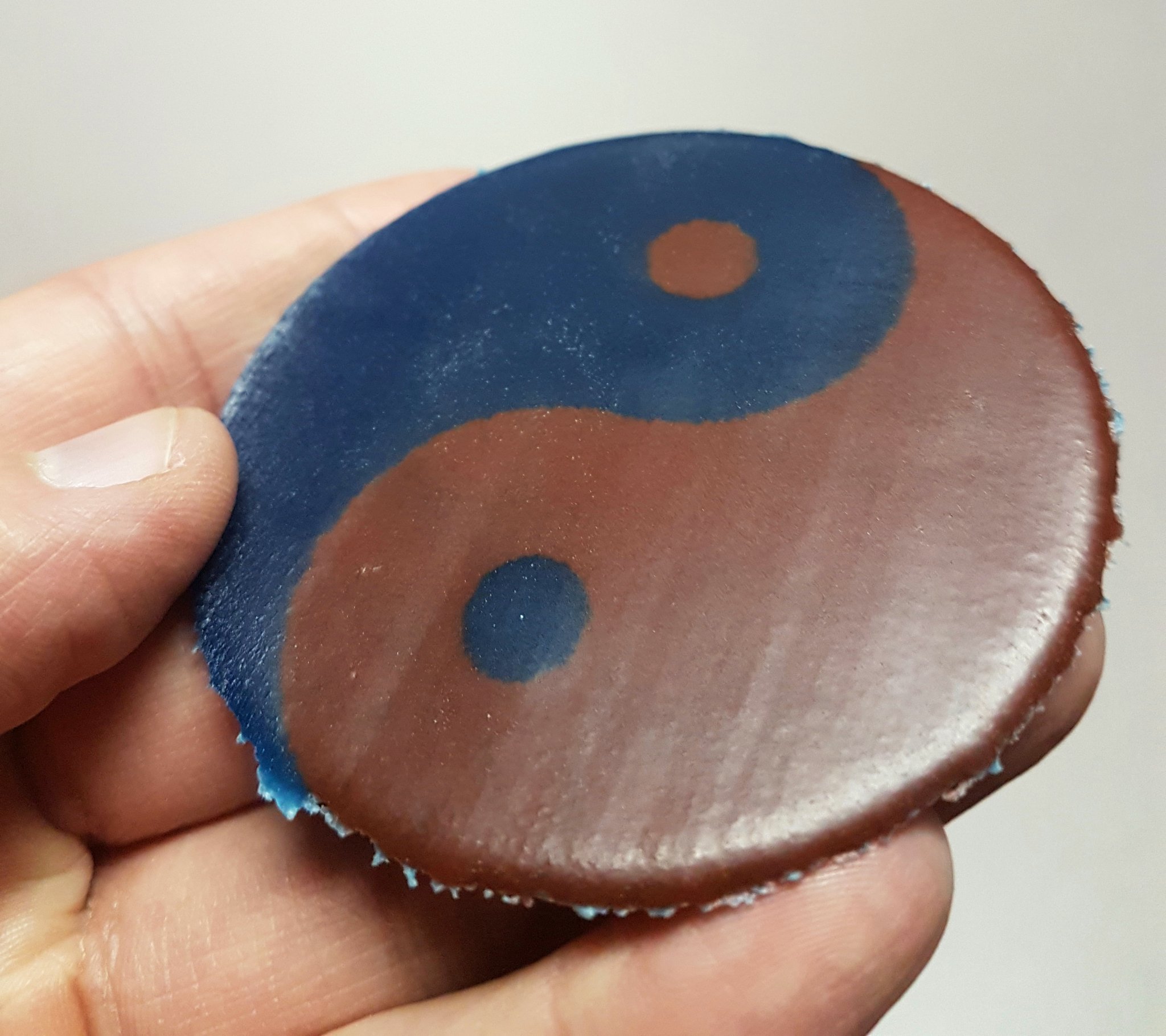Belgian chemical company Solvay and SLS 3D printer manufacturer Aerosint have collaborated to research and develop an economically viable solution for the SLS 3D printing of high-performance polymers.
The research agreement intends to address the limited adoption of high-performance polymers like PEEK for powder fusion technologies like SLS. This is due to the cost caused by wasted material powder.
Both the companies have been cooperating for over two years, with Solvay providing its material expertise to help Aerosint develop its multi-material SLS platform.
“SLS machines that can process high-temperature-polymers are carefully designed and assembled with sophisticated and expensive components. However, at present, there is a significant operating cost disadvantage during the build, which is the excessive waste of up to 90 percent of ‘used-but-unfused’ powder,” commented Edouard Moens, Managing Director at Aerosint.

Multi-material 3D printing
Established in 2016, Aerosint is a start-up company formed from the Belgian studio M4KE.IT Group, currently developing its patented multi-material 3D printing technology.
The multi-material 3D printing technology operates using a selective powder deposition system, which enables total control over the 3D printing material placement in powder bed fusion printing processes. Key to the technology is the alternate powder recoating system. This allows the selective deposition of two or more powders for a single layer containing more than one material, instead of the single material spreading of traditional recoaters. The powder can be polymer, metal, or ceramic-based.
Aerosint claims the technology can potentially reduce material wastage, and as part of the research agreement with Solvay, this could lead to a cost-effective solution for high-performance polymer SLS 3D printing. Moens explains:
“Our patented spatially-selective, multiple-powder deposition system under development incorporates a non-fusible support material in each layer where expensive high-performance polymers are not required, thereby reducing material waste to very low levels.”
This is not the first collaborative research agreement that Aerosint has undergone to develop its multi-material 3D printing. The company has worked with German metal 3D printer manufacturer Aconity3D to research multi-material 3D printing using Laser Powder Bed Fusion (LPBF) technology.

High-performance polymers for 3D printing
Solvay has been pushing the use of high-performance polymers forward in the additive manufacturing industry, with the aim of broadening their potential and strengthening its position within the market. Its portfolio of high-performance polymers for 3D printing includes neat PEEK, 10% carbon fibre-reinforced PEEK, and Radel polyphenylsulfone (PPSU), as well as medical grade KetaSpire, a 10% carbon fiber reinforced PEEK material, and the Radel PPSU.
The company recently announced that it had added two new high-performance 3D printing polymers to e-Xstream’s Digimat-AM platform for material simulation. The new additions consisted of carbon fiber reinforced PEEK and high-toughness PPSU.
Regarding the research with Aerosint to develop the material for SLS, Brian Alexander, Global Product and Application Manager for Additive Manufacturing at Solvay’s Specialty Polymers, said: “As with all innovative, ground-breaking technologies there are many challenges to overcome. One of them is to develop and fully optimize high-performance AM polymer powders for use at high temperatures alongside non-fusible materials in a multi-powder deposition process.”
“Not only will this technology make 3D printing of high-performance polymers more affordable, it also will open up its enormous potential to become a competitive industrial process for AM system manufacturers in the medical, aerospace and automotive sectors.”

You can now cast your vote for the third annual 3D Printing Industry Awards. Help decide this year’s winners now.
Subscribe to the 3D Printing Industry newsletter for the latest news in additive manufacturing. You can also keep connected by following us on Twitter and liking us on Facebook.
Looking for a career in additive manufacturing? Visit 3D Printing Jobs for a selection of roles in the industry.
Featured image shows dual color TPU part with Aerosint’s dual material recoater. Photo via Aerosint.

